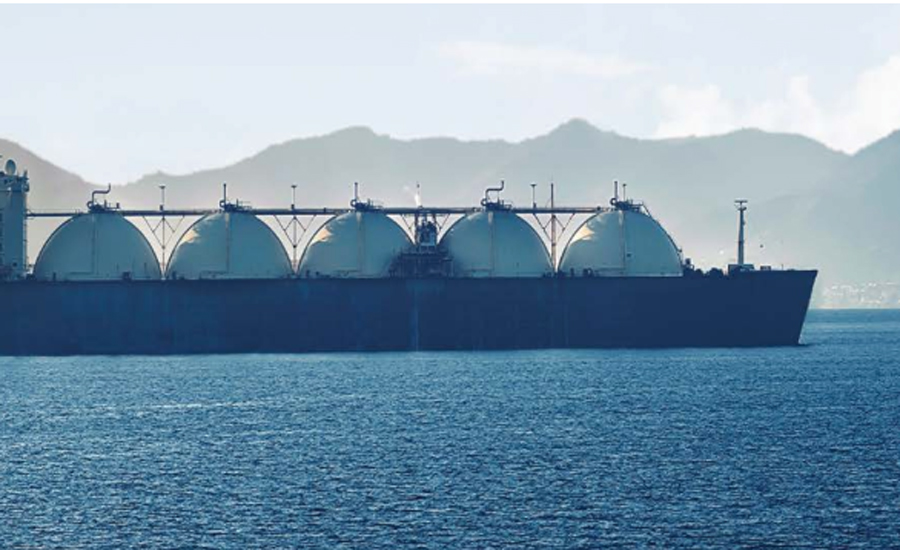Putting together a $45 billion infrastructure project doesn’t come without a bevy of needs. And we’re talking an awful lot of moving parts, both logistically and financially.
As the Alaska Gasline Development Corp. looks to move forward on its plan to put in motion the Alaska LNG Project, which includes putting an 800-mile pipeline in place to move product from a proposed North Slope gas treatment plant, it must first restructure itself fully before Jan. 1, 2018. That gives the company’s president Keith Meyer just more than a year to transition the project to one led by the Alaska Gasline Development Corp instead of one relying on a mix of commercial partners.
During a presentation given in August, Meyer laid out some of the key points to the transition, even as it works through the final planning of its front-end engineering and design process of what could amount to the nation’s largest-ever infrastructure project.
Commercial parties are working together to consider commercial options to improve the project’s ability to compete in the global LNG market, which includes transitioning the project to state leadership instead of one relying on a joint commercial structure. This move has a goal, Meyer presented, to have a “seamless continuation of the project and maintain project momentum.”
Once a full transition happens by the end of 2016, the corporation will be responsible for managing the project on all fronts, including applying for regulatory approval, securing the commercial commitments from gas sellers, shippers and buyers necessary to acquire the equity and debt financing and starting the front-end engineering and design.
In order to keep this project on track, the state has funded the corporation through 2017, but the corporation must gain all the potential tax benefits available to a government-owned project in order to keep it moving forward into 2018.
The shift to a government-run project came after the ups and downs of the commercial market meant that Alaska couldn’t always count on the sureness of all its commercial partners. Currently the North Slope gas reserve is split into four equity partners, including the state, BP, ConocoPhillips and ExxonMobil. Local media reports that all parties remain supportive of efforts to commercialize North Slope gas and in having the state take the lead on the project, as it will give more long-term viability to the project and any investors looking to join.
As Alaska looks to keep momentum moving on the Alaska LNG Project, there remains an untold amount of moving parts that go with it.
Follow Tim Newcomb on Twitter at @tdnewcomb.


Post a comment to this article
Report Abusive Comment